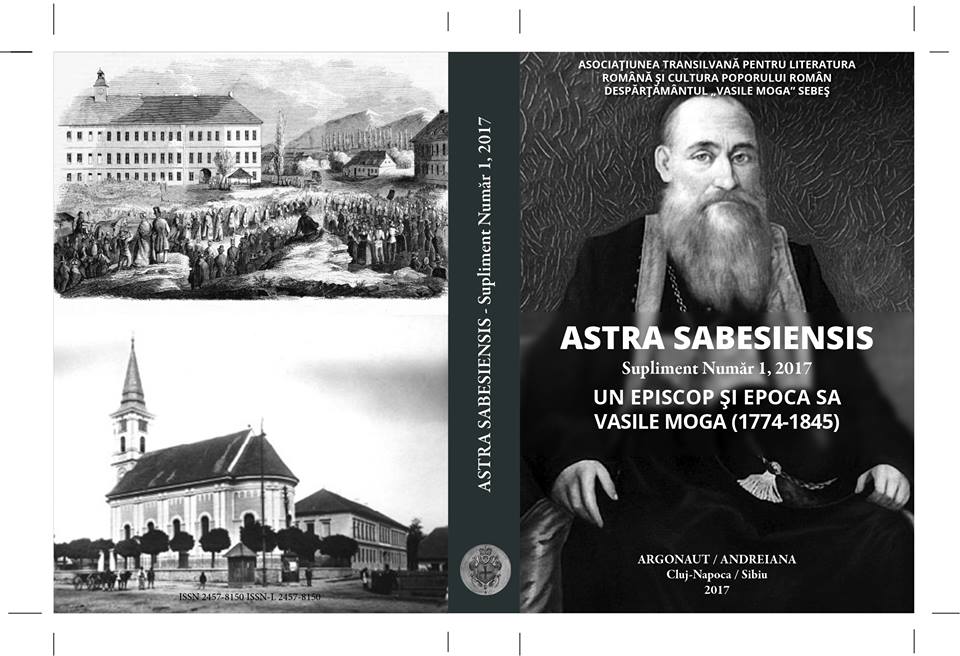CADRILATERUL ÎN RELAŢIILE ROMÂNO-BULGARE (1913-1916)
Cadrilater in the Context of the Romanian-Bulgarian Relations (1913-1916)
Author(s): Daniel CainSubject(s): History
Published by: Asociaţiunea Transilvană pentru Literatura Română şi Cultura Poporului Român - ASTRA
Keywords: Dobruja; Tutrakan; Romania; Bulgaria; First World War;
Summary/Abstract: In the summer of 1913, after months of political turmoil, the Romanian government decided to get involved militarily in the conflict from Balkans. It was an opportunity that the Romanian government could not lose: to speculate unconscionably the difficulties that Bulgaria, a country with which Romania had had a borderland marked by suspicions and fears, was dealing with. Paying the price of almost 3.000 victims (killed by cholera), Romania scored through a military excursion on the south of the Danube, the illusion of the supremacy in this European part. Its territorial expansion due to the annexation of a territory where the Romanians represented an insignificant minority, did not cause too many worries at Bucharest. There was a strong faith in echoing successfully its model of integrating a territory with an important foreign population. This faith derived from the feeling of a civilizing mission in the Balkans. First of all, we are dealing with an image exercise. As a proof, the fact that in one year, the so trumpeted peace signed at Bucharest in the summer of the year 1913 became obsolete in the context of the outburst of the First World War. Less discussed in the Romanian historiography, the 1913 campaign explained in a manner by no means negligible the behavior of the political and military elites from Bucharest at the moment of Romania’s entrance in the First World War.
Journal: Astra Sabesiensis
- Issue Year: III/2017
- Issue No: 3
- Page Range: 11-22
- Page Count: 12
- Language: Romanian
- Content File-PDF

